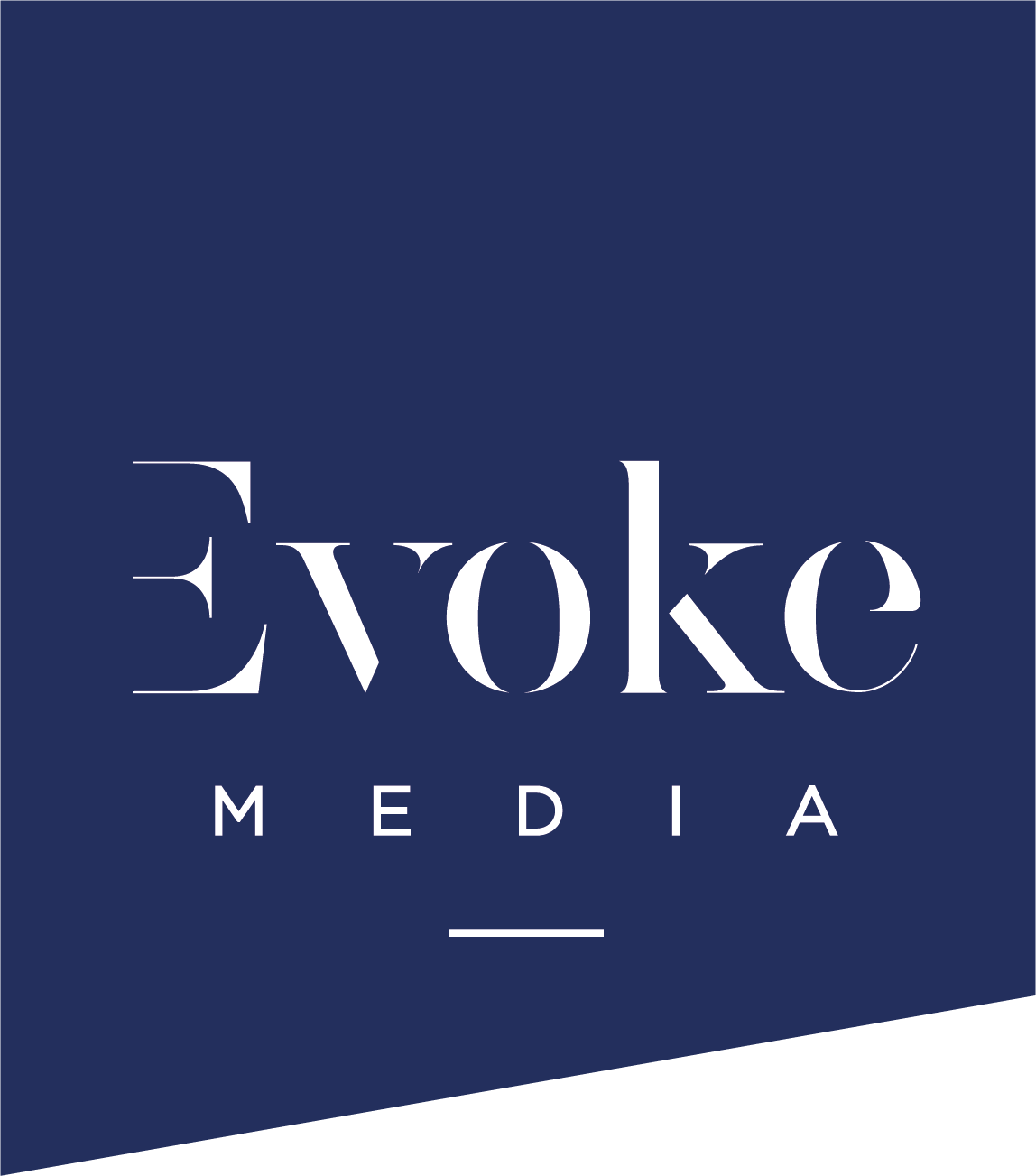2023 Trend Predictions
As we close the book on 2022, the world prepares itself for a new year, and with it a whole new set of marketing trends and keywords.
Predicting consumer trends can sometimes feel like looking into a crystal ball for answers, but fortunately we have the big media outlets to lend us a hand with their unlimited access to primary sources and AI-trend-predicting robots. We’ve taken a look at several of these marketing reports and distilled their predictions in to three *loose* categories to help you navigate the New Year.
Our Difference Unites Us: Flexibility, Inclusivity and Empathy
Nextatlas, an AI-powered trend predictor that reads the internet for keywords, predicts that 2023 will be the year of ‘flexibility’, a word which has increasingly featured in their reports since 2020. Flexibility features in different ways; from the flexible workplace (with a 35% increase in Agile Working being seen across the internet over the last year), or flexitarianism (the practice of eating a largely vegetarian diet with meat and fish on occasion) to name just a few. The trend of ‘flexibility’ shows, for the most part, a more moderate approach to issues that is inclusive and easily adopted by majorities. At Evoke over 2022, we have worked across the globe; from London, to Malawi, to Malaysia. Flexibility is a core value for us, as it allows each member of our team to bring their absolute best, as well as being a requirement for working in an industry that is so quick to change.
Google highlights ‘inclusivity’ as an important trend for 2023; particularly down to more inclusive media planning. Previously, marketers may have avoided keywords related to queer or diverse content in order to avoid attracting hate speech; but as Google says in their report, this “can inadvertently rule out more diverse creators and the audiences who watch them.” Having improved their algorithms to better weed out hate comments online, Google now encourages advertisers and content creators to make full use of inclusive keyword tagging.
In a similar vein, Nextatlas predict that ‘empathy’ will have a 27% rise over the next 6 months. Especially following the holiday period, they highlight the importance of “making small actions in consumers’ everyday life to create genuine and empathetic connections that go beyond the moment of purchase”. This follows that wellness content continues to boom online, and brands (such as the Joe Malone X Lennie collaboration) can benefit from incorporating mindful content into their media.
Finding balance: Purpose, Trust and Durability
Google’s trend report suggests that the rise in social awareness around the environment is putting the impetus on businesses to take economically conscious steps. Collectively, we respond better to brands with a sense of ‘purpose’. Sustainability has become a priority for us all, and we want brands to help us make sustainable choices more manageable. We also expect organisations to have an impact on society more than ever before and align promises with actions; not simply reducing their own impact but actively bringing about change. We can see this with our own clients TLGEC launched their charitable initiative, The Big Blue Ocean Foundation, this year, going beyond their already green solar energy business to tackle environmental issues important to their coastal surroundings in the South East of England.
In 2023, influencer marketing will continue to grow and evolve. Forbes predicts that influencer space will see more specialised niches than ever before. Over our highly-saturated media, the content consumer now more than ever is looking for ‘trustworthy’ relationships with creators: we view favourite influencers as friends giving us advice, more than unattainable goals to aspire to. Forbes suggests this will lead to the rise of the micro-influencer whose smaller and more dedicated audiences promise more engagement.
Nextatlas also highlight ‘durability’ as a keyword; whether this is moving away from single-use and throwaway products in favour of those that will last, or even our own personal ‘durability’ concerning our health following the pandemic, words such as ‘durable’ and ‘stable’ are expected to see a rise over the course of the coming year, with ‘future-proof’ seeing a 43% predicted growth in the next 6 months.
Future optimism: Recycling, Reduction, Representation,
Similarly, ‘future-proofing’ forms a theme across many different media outlets, which have detected an uplifting and positive vocabulary surrounding topics of climate change. Instagram, who held a survey with their Gen Z users, have lifted out ‘thrifting’ and ‘upcycling’ (the practice of altering clothing to recycle and renew it) in their 2023 trend prediction report, as an alternative to investing in fast fashion.
The concept of ‘reduction’ is also gaining traction, particularly in reference to energy use. As the cost-of-living crisis continues, brands need to react to the consumer desire to reduce energy use and spend. According to Nextatlas, reduction isn’t necessarily a negative concept, but rather “ a choice that demonstrates individual and social responsibility”. ‘Reduction’ can also appear of time performing maintenance tasks like cooking and cleaning, in favour of more time for relaxation and fun.
Nextatlas has detected signals around the use of the word ‘Solarpunk’ – much like “steampunk,” which shows nostalgia for the use of pre-industrial technologies, Solar-punk sees optimism for a sustainable future, in which humankind works in tandem with technological advances to create a beautiful, equitable world. This agrees with Instagram’s Gen Z Trend report, which claims that in the online world, 67% of Gen Z users feel digital avatars should better represent diverse body types, clothing, and skin tones in the coming year. If you agree with Wilde that ‘Life imitates Art’, then the future is bright and abundant.


